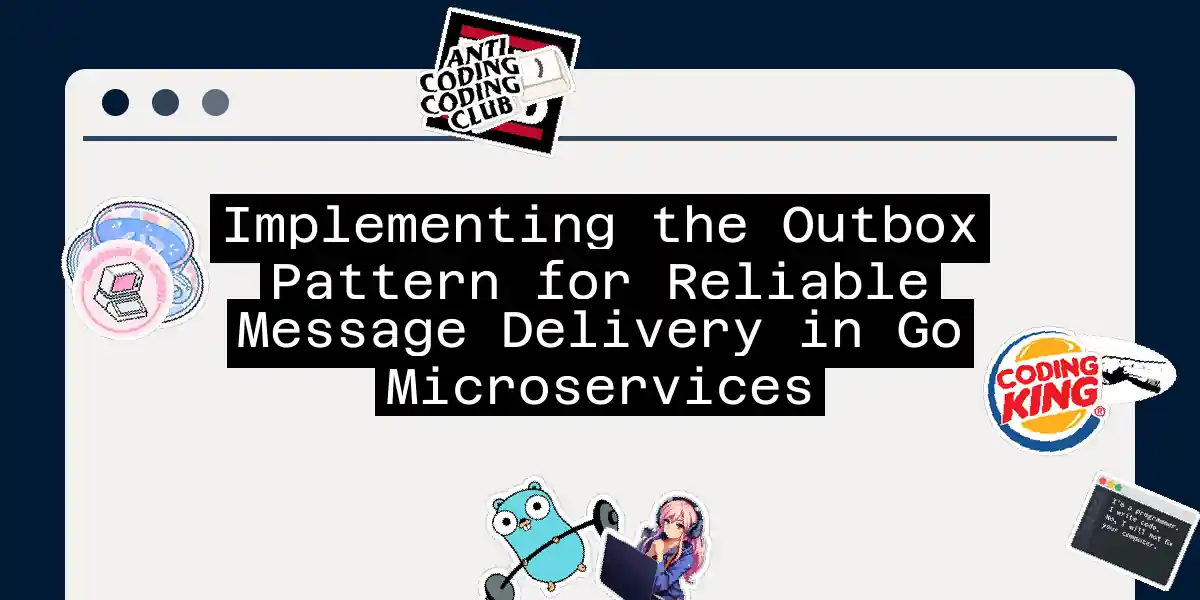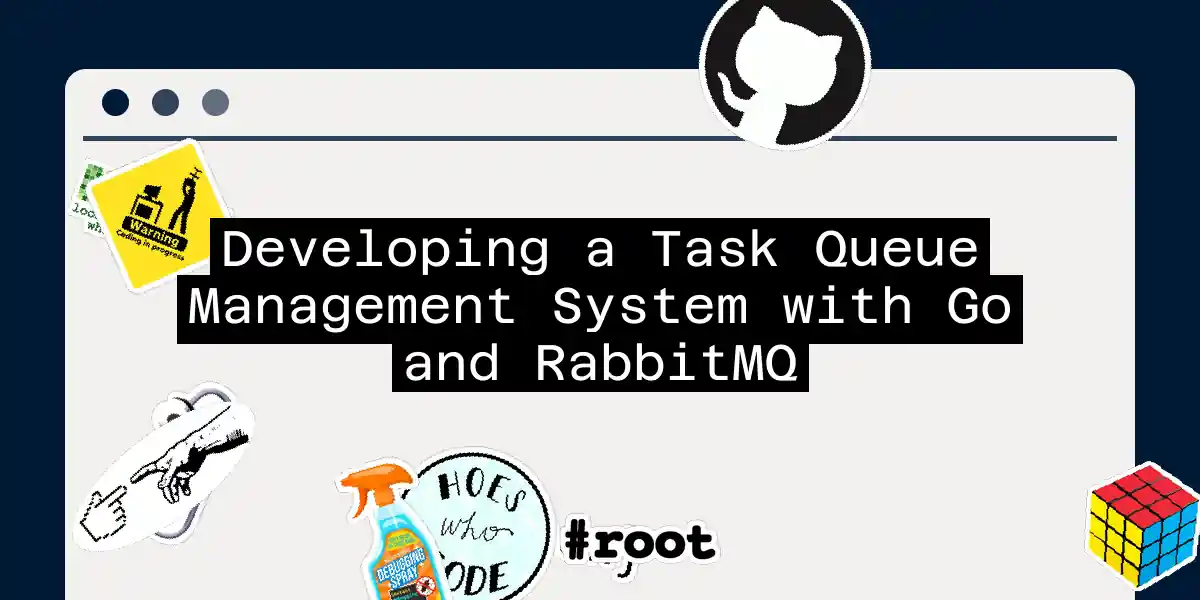
Implementing the Outbox Pattern for Reliable Message Delivery in Go Microservices
Introduction to the Outbox Pattern In the world of microservices, ensuring reliable message delivery is akin to navigating a minefield blindfolded. You never know when a message might get lost in the void, leaving your system in an inconsistent state. This is where the Outbox pattern comes to the rescue, providing a robust solution to guarantee that your messages are delivered, no matter what. The Problem Imagine you’re in a happy path scenario where everything works smoothly: your service performs a database transaction and then sends a message to another service or a message broker....



